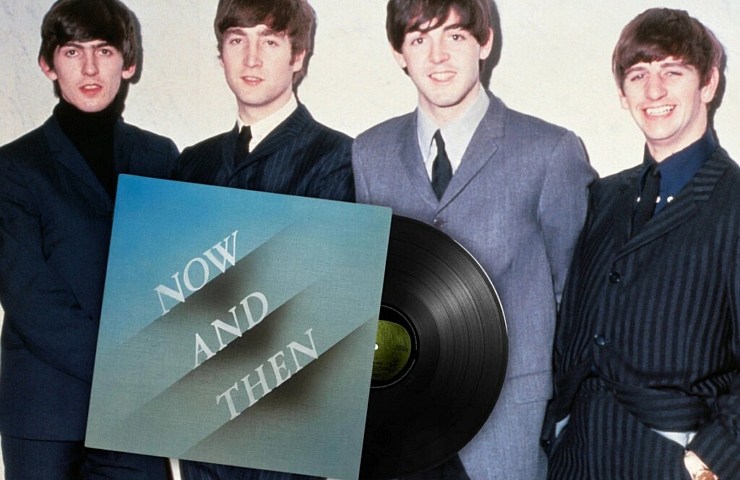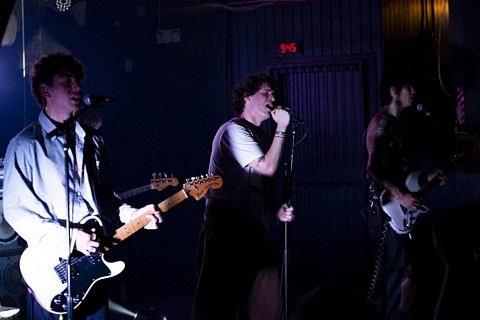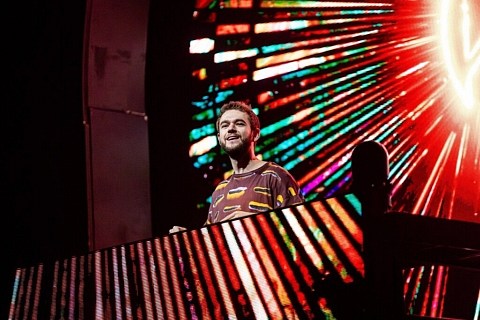Let me set the scene for you: a small band of four was formed in 1960 in Liverpool, England. They are unknown and completely unaware of the impact they’re about to have across the world.
The band started out small at first, playing in bars across Liverpool and Hamburg until their eventual discovery turned them into global stars.
In 1962, they had their first hit with the release of their song “Love Me Do.” Once the band grew in popularity, they started the so-called “British Invasion” of America with their music and caused what people referred to as “Beatlemania.”
That was the humble beginning of The Beatles, and seventy years later their impact and fame are still felt all around the world.
The band officially broke up in 1970, and although over fifty years have passed, people’s love for the band has yet to die out. While compilations, remasters and some posthumous songs have been released after the deaths of some of the band’s members, no one could have anticipated the release of “Now And Then.”
On October 25, The Beatles released a four-second teaser of silence titled “thebeatles.com” to prompt you to visit their website. With this video alone it became clear something was coming. Later, another teaser was released on October 26, teasing the release of a short film documentary titled ‘Now And Then – The Last Beatles Song.’
The short film was officially released on November 2, and the following day the official audio of “Now And Then” was released. The day after that, the official music video dropped. Today, even a week after the music video was posted, it’s still trending at the number two spot on YouTube for music. The song’s official audio video is still trending too, at the eleventh position.
After the release of “Now And Then,” the Beatles released two compilation albums on November 10 referred to as the “red and blue editions.” One album contains Beatles’ songs released from the years 1962-66 while the other is songs from 1967-70.
“Now And Then” may have just been released, but the track itself holds a history longer than you’d think. It wasn’t something that was just being kept in the vaults as it took close to thirty years for the song to see the light of day. The documentary expands on these struggles to produce this song and the complications that prevented its release.
It’s the year 1995, fifteen years since the tragic passing of John Lennon in 1980 when Yoko Ono gifts old cassette tapes with demos John Lennon never finished to the remaining Beatles. These songs he had written at home and demoed but never completed beyond that point. In fact, these are some of the last songs he ever wrote before his untimely death.
The tape included three tracks: “Real Love,” “Free As A Bird” and “Now And Then.” While the band was able to release songs “Free As A Bird” and “Real Love” that year, problems arose when it came to the song “Now And Then.”
The song included Lennon singing and playing the piano together on one tape, but even with the technology available at the time there was no way to cleanly isolate Lennon’s vocals or the piano without lowering the quality of the other. In utter frustration, the band shelved the song and decided not to continue with it as there was no way to complete the song and do it justice.
What prevented the band from returning to the song much sooner was the passing of George Harrison in 2001. After his passing the band had no motivation or enthusiasm to return to the studio and complete it.
However, a beacon of light gave the band new hope in 2022.
The previous year, the Beatles released a documentary ‘The Beatles: Get Back’ directed by Peter Jackson. Throughout the course of the documentary, Jackson used technology called Machine Audio Learning—an artificial intelligence tool—to separate and clean up old recordings of the band.
Later, after the documentary’s release, Paul McCartney brought up the track “Now And Then” to him which opened up the possibility of finally completing Lennon’s demo. Implementing the technology Jackson used, the band was finally able to separate Lennon’s vocals from the piano and hear a clear sound.
Now in 2022 with a clean recording of Lennon’s vocals, the band could finally work towards completing the record.
McCartney called Ringo Starr and asked him to complete the song with him, and production unfolded from there. Building off Lennon’s vocals and the guitar sections played by Harrison before his passing, McCartney suggested adding strings to the track.
In a full-circle moment, Giles Martin, the son of former Beatles producer George Martin, helped to arrange the string section of the track. He is also credited as one of the producers of the song.
While the song did include the guitar parts Harrison worked on in 1995, they also added a solo section in a slide-guitar style to pay tribute to him.
In the words of McCartney, he believes “Now And Then” to be a “genuine Beatle record” as every member of the band has worked on the song in some way, shape or form. There is a sense of tenderness in the documentary with the way McCartney talks about his bandmates and his memories of being a Beatle with such love.
“Now And Then” is being well-received by many Beatles fans, but it is also drawing some controversy. In the documentary, McCartney discusses his own uncertainty about releasing this song posthumously after Lennon’s death, but he also says he feels Lennon himself would tell him to finish it.
Sean Ono Lennon, son of John Lennon, also claims his father would have loved for this song to be completed and released. Some AI technology was utilized during the song’s production, but no vocals from Lennon were fabricated using it. The only thing the tech was used for was to separate and clear up the audio recordings Lennon left behind. Both Lennon’s son and McCartney argue the Beatles have always been known for experimenting with technology in their musical production, and the use of Machine Audio Learning is something Lennon would have wanted.
The other facet of this release causing controversy was the music video. The video is a montage of different moments throughout the Beatles’ career and the process as the song was produced and recorded. The video even includes younger versions of Lennon and Harrison performing alongside Ringo Starr and McCartney, which is what most people felt disturbed by.
However, both Lennon and Harrison’s families were okay with this inclusion and had no qualms about it. Despite this, some critics and even people online have been expressing their disapproval of the content in the music video and the use of AI to complete this song.
The song itself is cinematic and melancholy, and Lennon’s vocals are just as haunting as ever. Many of the lyrics pack an extra punch as you can feel them paying homage to Harrison and Lennon while honoring and calling to them even after their passings.
It’s been many, many years since the Beatles first rose to stardom, but even now their music still holds the same power and impact as it did before. Beatlemania still holds true today.





Recent Comments